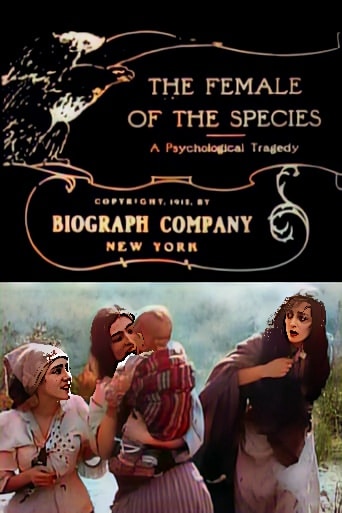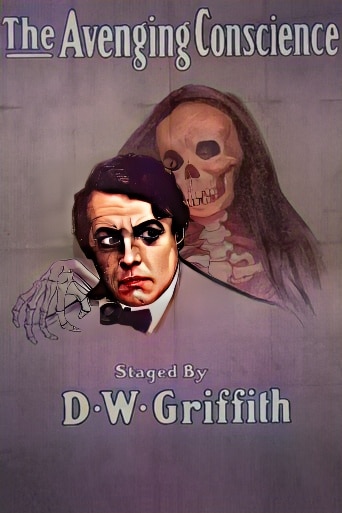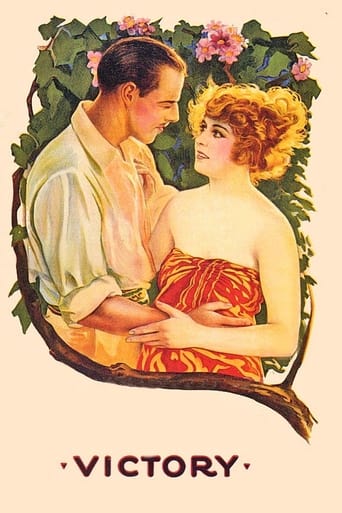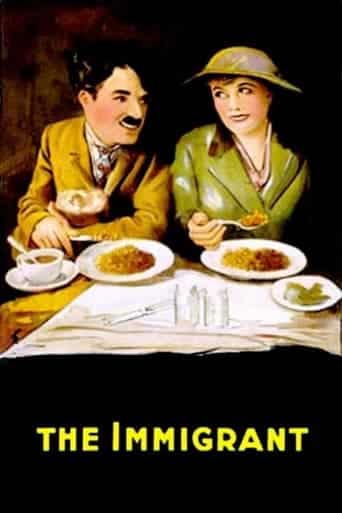The Tramp (1915)

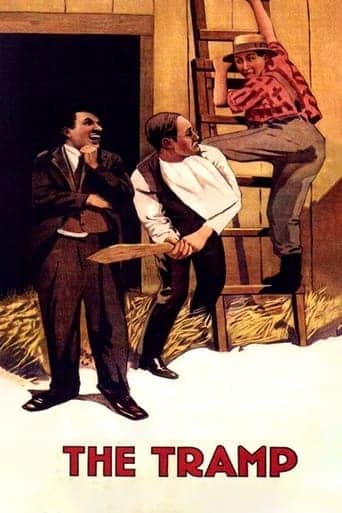 It was in 1915 that Charlie Chaplin, the iconic figure of silent cinema, brought “The Tramp” to the silver screen.
It was in 1915 that Charlie Chaplin, the iconic figure of silent cinema, brought “The Tramp” to the silver screen.
Directed by Chaplin himself and featuring Lloyd Bacon, this classic film is a timeless masterpiece that showcases the genius of Chaplin in his iconic role as The Little Fellow.
“The Tramp” is a poignant exploration of the human condition, a comedic yet heartfelt journey that resonates across generations. In this silent gem, Chaplin’s iconic character, The Tramp, finds the girl of his dreams and embarks on an unexpected adventure working on a family farm. The narrative unfolds with Chaplin’s trademark blend of physical comedy, emotional depth, and social commentary.
At the heart of the film is The Little Fellow, a character that became synonymous with Chaplin’s own screen persona. The Tramp is a vagabond with a heart of gold, an indomitable spirit that faces life’s challenges with resilience and humor. Through his expressive face, graceful physicality, and impeccable timing, Chaplin brings The Tramp to life in a way that transcends the silent medium.
The story begins as The Tramp stumbles upon the girl of his dreams, played by Edna Purviance, who becomes an integral part of the film’s emotional core. Their on-screen chemistry is palpable, creating a connection that goes beyond words. The romantic subplot adds a layer of tenderness to the narrative, showcasing Chaplin’s ability to evoke genuine emotion without spoken dialogue.
The Little Fellow’s journey takes an unexpected turn when he finds work on a family farm. Here, Chaplin skillfully integrates social commentary, highlighting the struggles of the working class during the early 20th century. The farm setting becomes a canvas for both humor and pathos as The Tramp navigates the challenges of manual labor, often with comedic results.
Chaplin’s direction and storytelling prowess shine as he weaves a narrative that seamlessly combines laughter with moments of genuine poignancy. The Tramp’s encounters with the farm family, his attempts at fitting into the domestic routine, and his endearing interactions with the girl create a tapestry of emotions that resonates with audiences on a profound level.
The brilliance of “The Tramp” lies not only in its comedic elements but also in its exploration of universal themes such as love, resilience, and the human capacity for kindness. Chaplin’s ability to infuse humor into the most challenging circumstances is a testament to his understanding of the human spirit and his skill as a storyteller.
Lloyd Bacon, in a supporting role, adds to the ensemble cast, contributing to the film’s overall charm. The chemistry between the characters, both major and minor, creates a sense of community within the narrative, reinforcing the film’s exploration of the interconnectedness of human lives.
Chaplin’s direction is not only evident in the performances but also in the visual storytelling. Each frame is meticulously composed, with attention to detail and nuance. The use of visual gags, slapstick comedy, and clever choreography elevates the film to a level of cinematic artistry that goes beyond mere entertainment.
As The Tramp faces challenges and comedic mishaps on the farm, the film unfolds as a series of episodic adventures, each contributing to the overarching narrative. The episodic structure allows Chaplin to showcase his versatility as a performer and storyteller, keeping the audience engaged from one delightful moment to the next.
“The Tramp” remains a classic not only for its entertainment value but also for its cultural significance. It offers a window into the past, a glimpse of the social and economic landscapes of the early 20th century. The film reflects Chaplin’s own experiences and observations, making it a time capsule of the era while simultaneously speaking to timeless aspects of the human experience.
In conclusion, “The Tramp” stands as a testament to the enduring legacy of Charlie Chaplin and his unparalleled contributions to the world of cinema. This classic film, with its humor, heart, and social commentary, cements Chaplin’s status as a cinematic pioneer. “The Tramp” is not merely a silent comedy; it is a timeless work of art that continues to captivate and inspire audiences, inviting them to laugh, cry, and reflect on the complexities of the human condition.
Release Date: April 12th, 1915
Main Cast Members
Charlie Chaplin (The Tramp)
Edna Purviance (Farmer’s Daughter)
Lloyd Bacon (Edna’s Fiancé / Second Thief)
Leo White (First Thief)
Bud Jamison (Third Thief)
Billy Armstrong (Minister)

